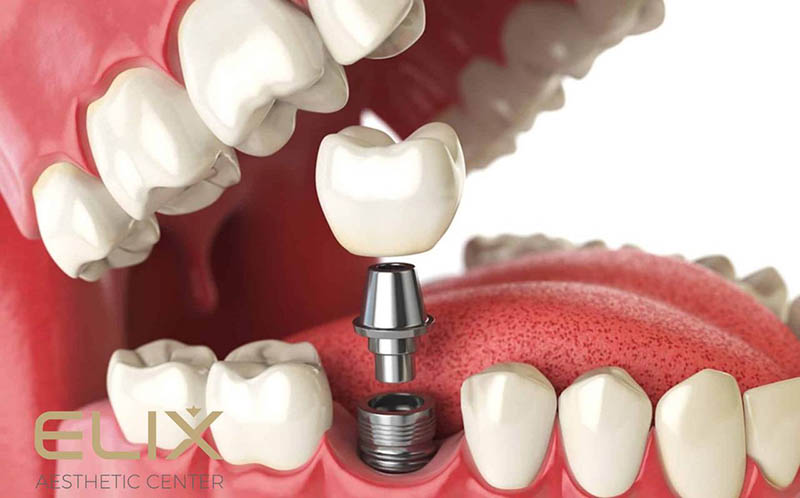
Chewing teeth Implantation (Part 1)
Features of chewing teeth Implantation
Chewing teeth include premolars (4th and 5th from the midline) and molars (6th, 7th, and 8th). They bear most of the chewing pressure while processing food. Their absence can lead to gastrointestinal diseases, inward cheek collapse, and wrinkle formation. Therefore, dentists recommend restoring them without delay.
Since Chewing teeth endure heavy pressure, their restoration requires implants with high primary stability to withstand significant pressure. As a result, narrow and short implant options are not considered.
Lower Chewing Teeth Implantation
- Densely Mineralized Bone:
The lower jaw is dense and has a relatively thick compact bone layer. Even in the absence of a lower premolar, the bone does not undergo significant atrophy for several months. This allows for the placement of larger-diameter implants without the need for additional bone grafting. - Short Osseointegration Period:
Implants integrate more quickly into the lower jaw—within up to 3 months. Due to the superior bone quality, the primary stability indicators are higher compared to the upper jaw.
- Inferior Jaw Nerve
The lower branch of the trigeminal nerve runs through the thickness of the lower jaw. It is crucial to carefully plan the surgery to avoid damaging the inferior alveolar nerve during implant placement.
Upper Chewing teeth Implantation.
- Resorbed Bone:
The upper jaw receives less masticatory pressure, making it less dense compared to the lower jaw. Most of its structure consists of spongy bone. - Longer Implant Integration:
The osseointegration of an implant in the upper jaw takes slightly longer, approximately 3-4 months. - Maxillary Sinuses:
When placing implants in the upper premolar and molar regions, it is crucial to consider the proximity of the maxillary sinuses. After the loss of upper teeth, the bone begins to resorb rapidly. To prevent damage to the maxillary sinus during implant placement, a sinus lift procedure may be necessary. This involves raising the sinus floor and filling the created space with artificial bone material.
Methods for Implant Placement in chewing parts
Indications:
- Severely damaged tooth that cannot be treated.
In cases of crown and root furcation degradation, it is not possible to restore the tooth even with fillings and ceramic crowns.
When is Sinus Lifting Necessary?
Indications for sinus lifting include:
- Bone volume loss after complicated extraction of upper chewing teeth.
- Anatomical feature where the maxillary sinus is located too close to the oral cavity.
- The size of the sinuses has increased with age.
During a CT scan, the implantologist can detect indications for sinus lifting. The scan provides a clear view of the precise bone height in the premolar/molars area and allows for an assessment of its strength, restoration After Chewing Teeth Implantation.


